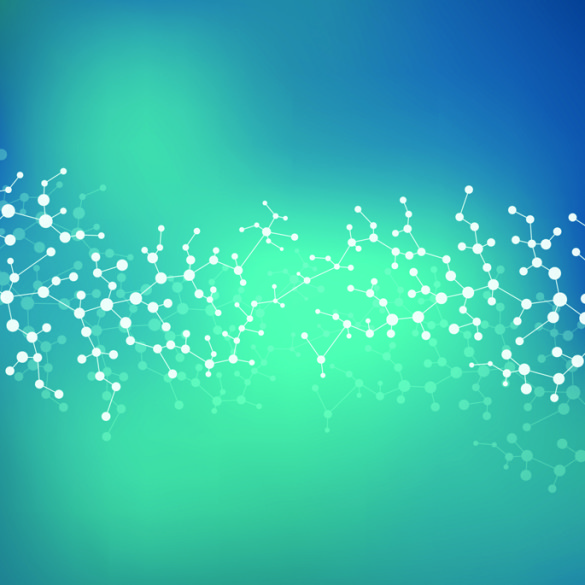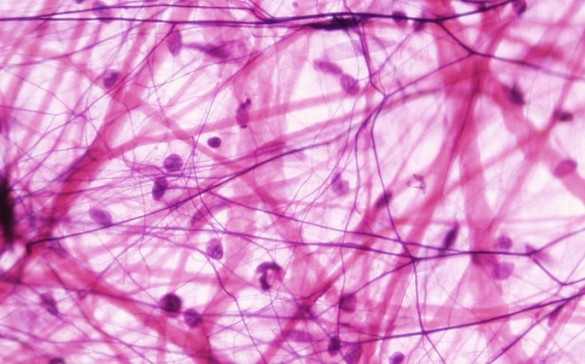Chloride plays a key role in the formation of the basement membrane, a suprastructure on the outside of cells that undergirds and guides the function of most of the tissues of the body.
In particular, chloride signals the assembly of collagen IV “smart scaffolds,” a critical step in basement membrane formation, researchers at Vanderbilt University Medical Center (VUMC) reported May 23 in the Journal of Cell Biology.

“This is a fundamental discovery,” said senior author Billy Hudson, Ph.D., Elliott V. Newman Professor of Medicine and director of the Center for Matrix Biology. It’s the first signaling function identified for chloride, an electrolyte that helps maintain proper blood volume, blood pressure and acid/base balance.
Chloride’s newly discovered role in establishing a “microenvironment” on the outside of cells highlights the importance of collagen IV in the evolution of animal tissues, Hudson said. It also suggests a potential way to treat or prevent diseases that affect the basement membrane.
Nineteen scientists from several departments and research centers at VUMC and Vanderbilt University contributed to the study, which began nine years ago. Four co-authors were participants in the “Aspirnaut” summer research program for high school and college students from disadvantaged backgrounds co-founded by Hudson and his wife, Julie Hudson, M.D.
Collagen IV scaffolds are found throughout the animal kingdom. They provide tensile strength to epithelial tissues, tether diverse macromolecules and growth factors, and bind integrins (cell surface receptors).
In this respect, these extracellular scaffolds are a “molecular GPS,” Hudson said, “laden with information about how cells grow and communicate with each other.” Yet, even cell-matrix communication systems can be “blown up.” That’s what diabetes does to the kidney and cancer to tissues, he said. It disrupts communication.
During the past 45 years, Hudson and his colleagues have helped define the structure and function of the collagen IV scaffolds.
The building-block molecule is a triple helix, three strands twisted together like rope. One end of each ropelike chain is capped with a globule of amino acid molecules called the NC1 “domain.” Scaffold assembly is initiated when the domains of two triple-helical molecules bind together.
Christopher Cummings, Ph.D., Vadim Pedchenko, Ph.D., and Kyle Brown, Ph.D., the first three authors of the paper, led the current study, which began when chloride was found on the surface of a crystallized domain. That got the researchers wondering: might chloride regulate the assembly of collagen IV chains into scaffolds?
Through a series of experiments, they showed that was the case: chloride is absolutely required for collagen IV assembly on the outside of cells. When chloride binds to NC1 domains, it “throws the switch,” by inducing a conformational change, enabling them to fit together like puzzle pieces.
Since these binding motifs are found throughout the animal kingdom, “we infer that the switch is a fundamental mechanism of collagen IV scaffold assembly,” the researchers concluded.
The researchers also showed that scaffold assembly was disrupted in fruit flies with a mutation in the gene for the NC1 domain. Similar mutations in humans have been associated with stroke and with Alport disease, a genetic disease that causes hearing loss and lung and kidney damage.
In an editorial accompanying the paper, Hudson said the discovery is “just a small window into this complex extracellular machinery.” But one day, he added, it may be possible to treat certain basement membrane disorders by altering the chloride switch.















